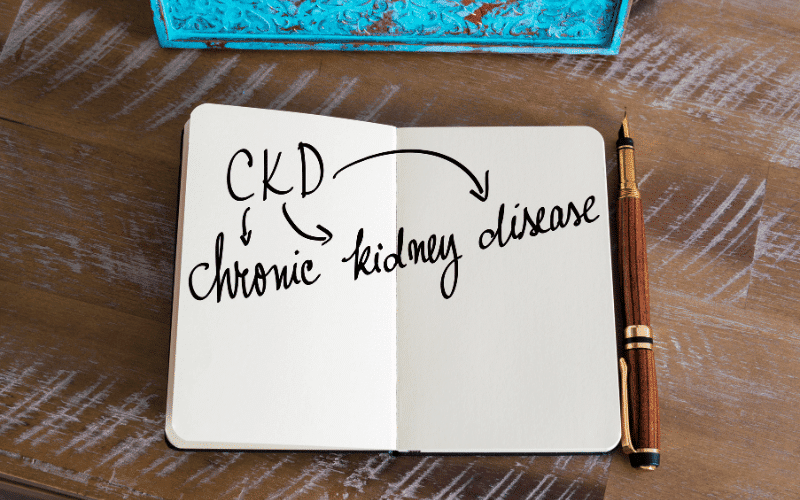Cause 6. Chronic Kidney Disease: The Hidden Contributor to IDA

Chronic kidney disease (CKD) often lurks in the shadows as an indirect yet potent contributor to iron deficiency anemia. Our kidneys do more than just filter waste; they also produce a hormone called erythropoietin, which signals the bone marrow to produce red blood cells. When the kidneys aren’t functioning optimally, as is the case with CKD, the production of this hormone may be impaired.
This lack of erythropoietin can result in fewer red blood cells being produced, a condition called anemia. With fewer red blood cells available to carry iron, this situation can eventually lead to iron deficiency anemia.
What’s more, CKD often causes internal bleeding and decreased appetite, both of which can exacerbate the risk of IDA. Additionally, some of the medications used to treat CKD may interfere with iron absorption or lead to blood loss, further contributing to iron deficiency.
Managing IDA in individuals with CKD often involves a combination of iron supplementation and erythropoiesis-stimulating agents (ESAs), which are medications that mimic the effects of EPO. These treatments help increase red blood cell production and improve iron levels, alleviating IDA symptoms.
It’s clear that managing IDA in people with CKD requires a comprehensive approach. This includes managing the underlying kidney disease, monitoring and managing the risk of bleeding, ensuring adequate iron intake, and regularly screening for anemia. (6)